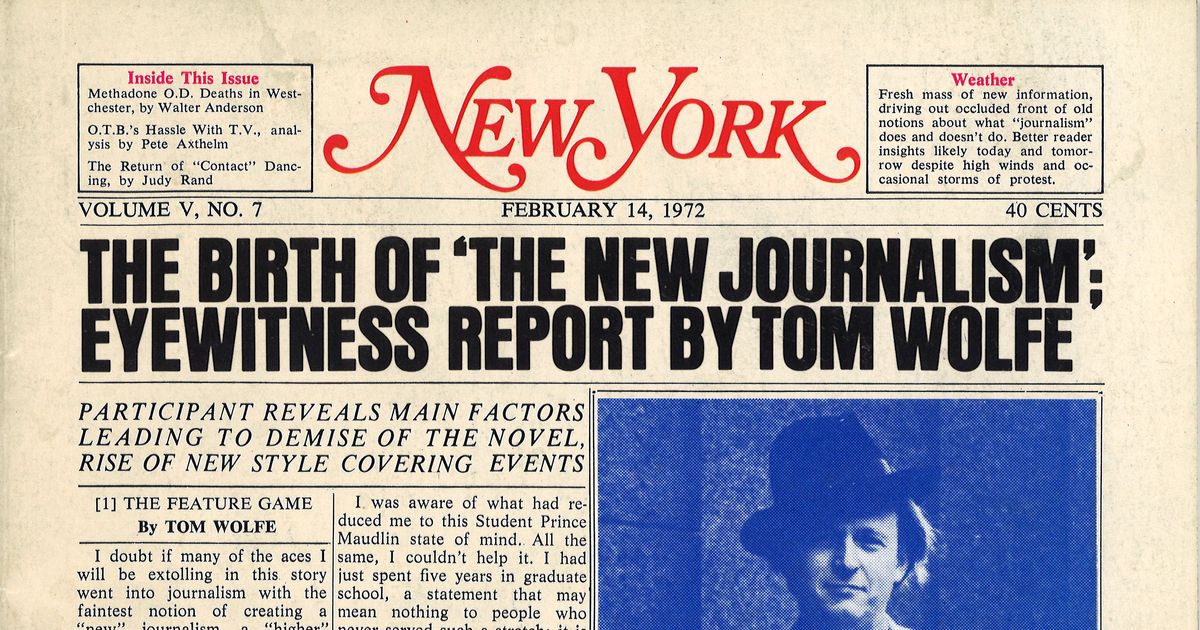Not known Facts About News Articles
Not known Facts About News Articles
Blog Article
Some Known Details About News Articles
Table of ContentsNews Articles Can Be Fun For EveryoneNews Articles Things To Know Before You BuyThe Best Guide To News ArticlesNews Articles Can Be Fun For AnyoneHow News Articles can Save You Time, Stress, and Money.
Excellent expertise of various topics gives trainees an one-upmanship over their peers. Although electronic and social networks are easily obtainable, we must not forget how essential it is to check out the papers. Parents need to try and inculcate the practice of reviewing a paper as an everyday routine to continue the legacy of the adored print medium.Newspaper article additionally have at the very least among the adhering to crucial attributes about the desired audience: closeness, importance, timeliness, human passion, quirk, or repercussion. The related term journalese is often made use of, generally pejoratively, to refer to news-style writing. An additional is headlinese. Newspapers usually comply with an expository writing style.
Within these limits, news stories additionally aim to be comprehensive. Nevertheless, various other factors are included, some stylistic and some originated from the media type. Amongst the bigger and more respected papers, justness and equilibrium is a major variable in presenting details. Commentary is usually restricted to a separate area, though each paper might have a various total angle.
Papers with an international audience, for example, have a tendency to use a much more official design of writing. News Articles.; typical style overviews consist of the and the US News Style Publication.
The 10-Second Trick For News Articles
Generally, reporters will certainly not utilize a lengthy word when a short one will do. They use subject-verb-object construction and brilliant, active prose (see Grammar). They supply narratives, examples and allegories, and they seldom depend upon generalizations or abstract concepts. News authors attempt to prevent using the same word greater than when in a paragraph (occasionally called an "echo" or "word mirror").
Headings sometimes omit the subject (e.g., "Leaps From Watercraft, Catches in Wheel") or verb (e.g., "Pet cat female lucky"). A subhead (likewise subhed, sub-headline, subheading, caption, deck or dek) can be either a secondary title under the primary heading, or the heading of a subsection of the short article. It is a heading that precedes the main message, or a group of paragraphs of the primary text.

Added billboards of any of these kinds might show up later on in the post (specifically on subsequent pages) to attract further analysis. Such billboards are also used as tips to the write-up in various other sections of the publication or website, or as advertisements for the piece in various other magazine or websites. Normal framework with title, lead paragraph (summary in strong), various other paragraphs (information) and contact details.

Instance of a hard-lead paragraph NASA is proposing an additional area job. The budget why not find out more requests about $10 billion for the project.
An "off-lead" is the 2nd most crucial front web page news of the day. To "bury the lead" is to start the post with history details or information of secondary value to the readers, compeling them to review more deeply into a short article than they ought to have to in order to find the essential factors.
Fascination About News Articles
Common use is that a person or 2 sentences each create their own paragraph. Reporters normally define the organization or framework of an information tale as an inverted pyramid. The necessary and most fascinating components of a story are put at the beginning, with sustaining information following in order of decreasing value.
It allows individuals to discover a subject to just the deepness that their interest takes them, and without the charge of information or nuances that they can take into consideration irrelevant, yet still making that details available to more interested viewers. The upside down pyramid structure likewise makes it possible for articles to be cut to any type of approximate size during layout, to suit the space readily available.
Some writers begin their stories with the "1-2-3 lead", yet there are many kinds of lead available. A twist can refer to multiple points: The last story in the information program; a "delighted" story to finish the show.
Longer posts, such as magazine cover short articles and the pieces that lead the inside areas of a newspaper, are recognized as. Function tales vary from straight news in numerous methods.
Not known Factual Statements About News Articles
A feature's very first paragraphs frequently associate a fascinating moment or event, as in an "unscientific lead". From the details of a person or episode, its sight promptly widens to generalizations about the story's subject.

The Editor's Tool kit: A Recommendation Overview for Beginners and Professionals (2001) Allan M. Siegal and William G. Connolly. The New York City Times Manual of Design and Usage: The Authorities Style Overview Made Use Of by the Writers and Editors of the World's A lot of Reliable Paper (2002) M. L. Stein, Susan Paterno, and R.
Report this page